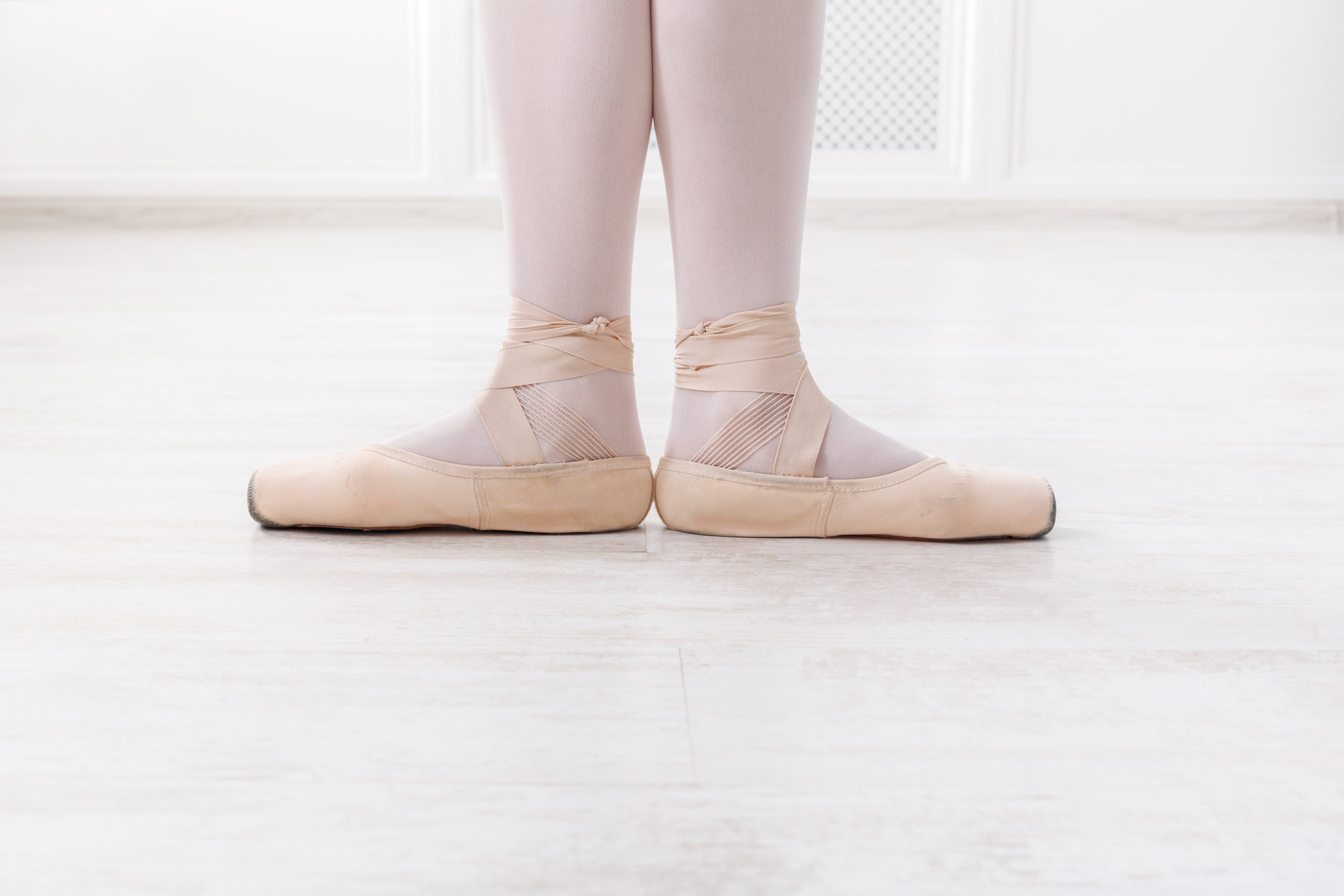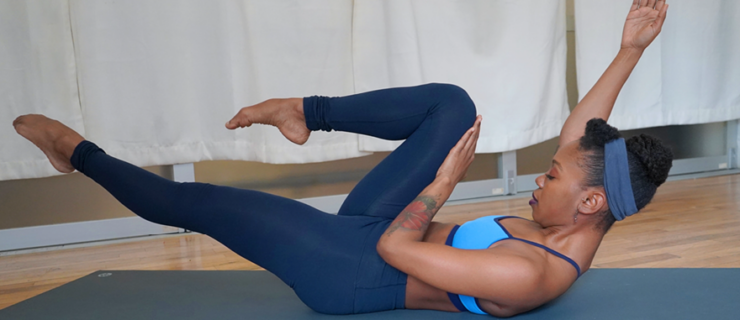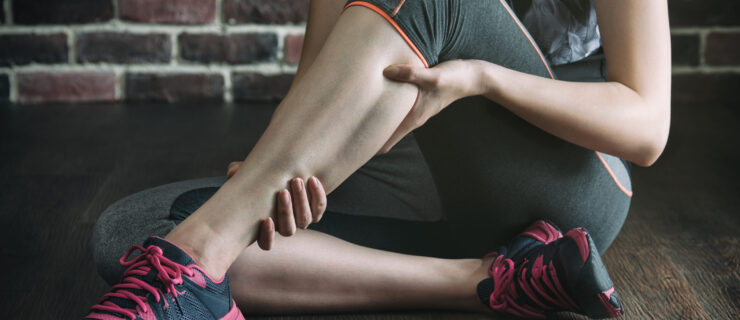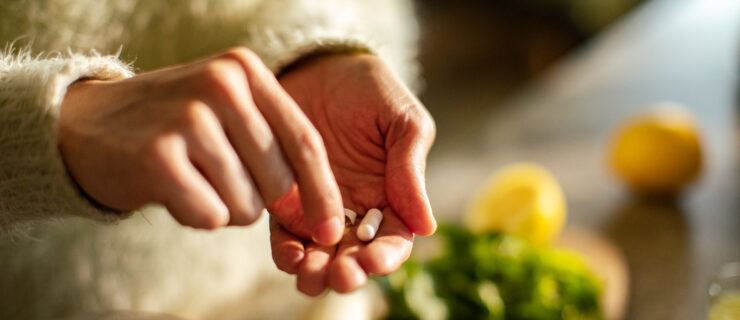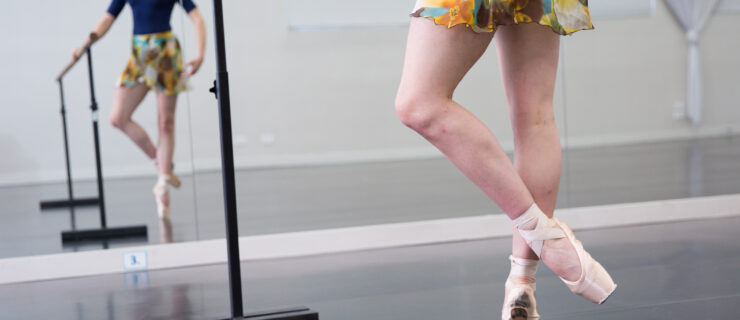Turnout 101: Where Does It Come From, And How Can You Get More?
Turnout is one of the defining characteristics of classical ballet and the foundation of your technique, but the deceptively simple concept of external rotation can be hard to execute. For those born with hip joints that don’t naturally make a tight fifth position, it’s tempting to take shortcuts in the quest for more rotation, but you’ll end up with weaker technique and a higher risk of injury. We asked top teachers and physical therapists to break down the meaning of turnout and offer safe ways to maximize your range.
Why Is It Important to Classical Ballet?
“Turnout really is an expression of what classical art is,” says Xiomara Reyes, head of The Washington School of Ballet. “It’s a physical representation of giving, opening, outreaching to the audience. And even if you don’t have 180-degree turnout, you need to focus on it: All movements are from the inside out, not just the legs but the whole body.” Otherwise, she says, you’ll lose the clarity of your positions.
Where Does It Come from Anatomically?
Turnout, or external rotation, is most visible in the placement of the feet (toes back and heels moving forwards), but it’s initiated from the top of the leg and involves the hip, thigh, knee, ankle and foot. Studies of professional dancers show that the majority of outward rotation comes from the hip joint itself, says Emily Sandow, program manager of physical therapy at the Harkness Center for Dance Injuries at NYU Langone Health. Although the bone structure you’re born with is largely not modifiable, with time and training, soft tissue such as muscle can adapt, biasing the hip rotation outward.
The best chance for that comes before a dancer’s peak growth spurt—around 12 to 13 for women and up to age 16 for men. This is when bones and ligaments are most pliable, says Lisa Apple, doctor of physical therapy at Revitalize Movement Physical Therapy in Snoqualmie, Washington, and a former dancer. When that window of opportunity for increasing your range of motion closes, that doesn’t mean you should quit working on your turnout. “When people ask, ‘Can I get more?’ ” says Apple, “I say yes—as you get to puberty and start to develop more strength, it’s a matter of learning to hold your maximum turnout, maintaining a neutral pelvis and feeling the rotators of the hip.” (See exercises here.)
Finding Your Functional Turnout

Xiomara Reyes describes turnout as “a rose blooming from the inside out.” Photo by media4artists/Theo Kossenas, Courtesy The Washington School of Ballet.
We think of “perfect” turnout as 180-degree outward rotation of the legs and feet, but that much flexibility is only valuable if it’s functional—meaning you can keep your legs rotated while moving. Dancers often mistakenly grip or clench the most obvious hip muscle, the gluteus maximus (which works to lift your leg into arabesque), but the muscles important for turnout are actually buried underneath it and may be hard to feel at first. These deep rotators attach to the greater trochanter and different points of the pelvis. When they’re activated, you’ll feel a wrapping or pulling together at the top of the back of the leg as you rotate. The adductor muscles will also engage to bring the inner thighs forward as the backs of your legs come together.
Former New York City Ballet principal Stephanie Saland uses imagery to help her students find and engage their deep hip rotators. “I call it spiraling,” she says. “Stand in parallel with imaginary jars under your palms. Unscrew a jar to the right, and unscrew a jar to left, and then do the same with the thighs. The feeling of rotating with downward ground-reaction force gets the muscles to recruit in a way that’s useful and consistent.”
Rotation discs can also help dancers learn to activate their hip rotators without relying on friction from the floor. “When you turn out in plié on the discs and then straighten up, if the musculature isn’t there to sustain rotation, it becomes very apparent,” Saland says.
Avoid Turnout Cheats
Dancers are canny at finding cheats for “fake” or nonfunctional turnout, Apple says. A common but faulty strategy is the “bottom-up” approach: cranking the feet out 180 degrees, planting them to the floor with friction and bent legs, and then trying to straighten the knees. (If you have a “white-knuckle” grip on the barre to keep yourself steady, it’s a red flag you’re doing this.) The result is rolled-in arches, which puts excessive stress on the ankle tendons and intrinsic muscles of the feet. This can lead to tendonitis, plantar fasciitis, knee strain or shin splints.
It may be tempting to tuck your hips under or go into swayback to hold your rotation with straight legs. “But without a neutral pelvis,” says Sandow, “you can’t carry your turnout from barre to center. Think of your tailbone dropping down and your pelvis as a balanced bowl of water.” As you dance, you don’t want to spill the water.
Although mastering turnout is complex, learning to use it properly is worth it. “There is such beauty in being able to hold that openness with fluidity, while breathing through your muscles,” says Reyes. “It’s like a rose blooming from the inside out.”
The Ultimate Goal: Mobility Plus Stability
When it comes to maintaining your turnout, flexibility may be less helpful than you think. Dancers with naturally loose hips may have greater difficulty because they need as much (or even more!) muscular training and coordination to stabilize their turnout than those with more limited facility. “Core strength is very important, because that allows you to use the right muscles to access your turnout without gripping your glutes,” says Xiomara Reyes, head of The Washington School of Ballet. “You need body awareness to create the right feeling of turnout without tension.”
Regardless of your flexibility, physical therapist Lisa Apple says, you should always stretch within the limits of your body, being careful not to damage the ligaments. “Muscles repair and get stronger, but once you overstretch ligaments, you’ll always have structural instability.”
